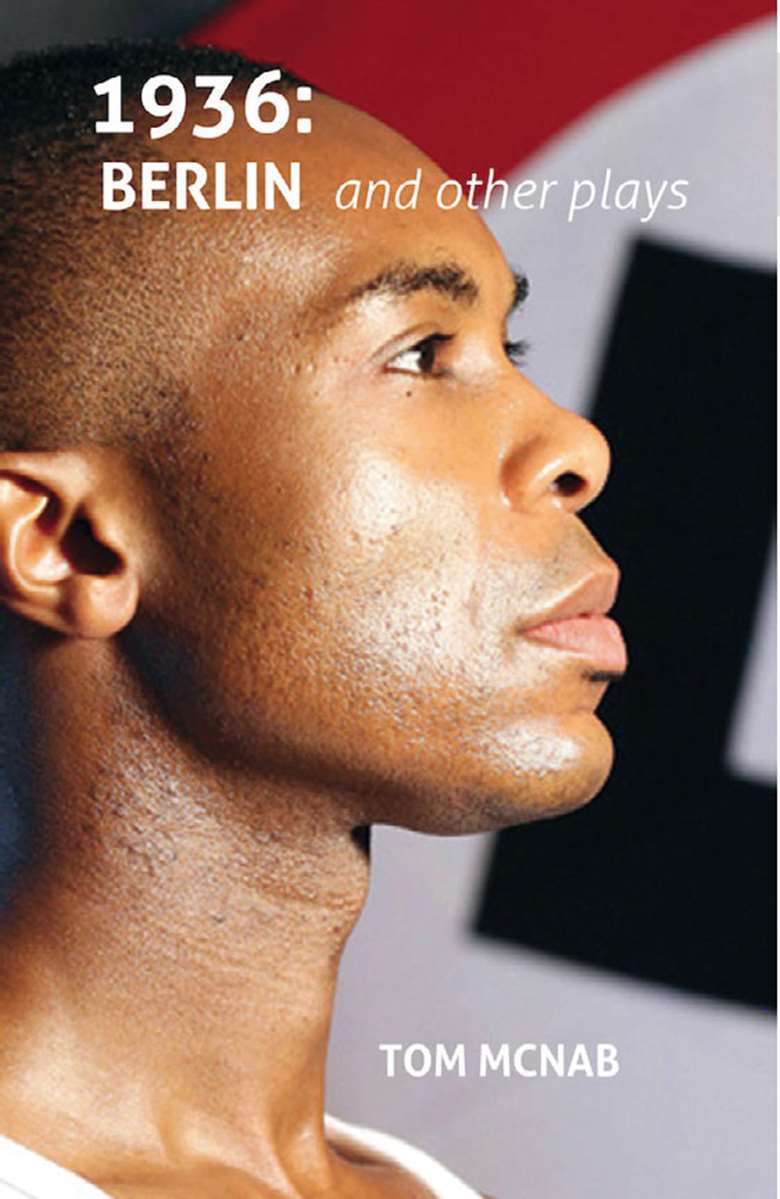1936: Berlin and other plays by Tom McNab
Alicia Pope
Saturday, February 1, 2020
This selection provides few performance opportunities but could inspire devised work. Published by Aurora Metro Books

This is a collection of three plays by Tom McNab, a leading figure in the sporting world. 1936: Berlin focusses on the preparation for the Berlin Olympics with Hitler questioning the value of such an event, while in the US, Jesse Owens is preparing to compete. Orwell on Jura features George Orwell after a near fatal fishing accident in his struggle to complete 1984. Whisper in the heart features a struggling Orson Welles as he engages with photographer and film maker Leni Riefenstahl in Valencia.
1936: Berlin has seventeen parts but a cast of ten could double up on some roles. The play takes place largely in Germany and America and is narrated by American journalist William Shirer. As a whole play, this is not a text that I would choose to use, however, there are some great scenes that students could really engage with for duologue work.
The scene with Hitler and Goebbels would provide a range of opportunities to explore interpretation and physical and vocal skills. In addition to this, the scenes with Jesse Owens and his coach would be interesting to explore. Goebbels explaining to Hitler why the Olympics would be a good idea in contrast to the Americans considering a boycott of the games would appeal to many students. Furthermore, the way the Americans are pushing against Nazism in Europe while struggling with their own endemic racism would be a relevant and pertinent topic for study and would give students many ideas for devising their own work.
Orwell on Jura includes some scenes from Orwell's perspective that would be interesting for monologue work and for creating character, but the play relies on a great deal of knowledge about George Orwell to really engage an audience.
Similarly, Whisper in the heart has some duologues that students would enjoy but is suffused with a range of people that one would need a genuine interest in to see its full potential. Unless students were familiar with Orson Welles, Leni Riefenstahl, Harry Cohn and Greg Tolund it feels like this play would be inaccessible. As a classroom resource there are other plays that would have instant appeal and that would not require the research that would be necessary to access this play.

